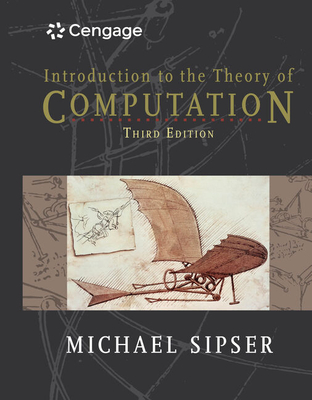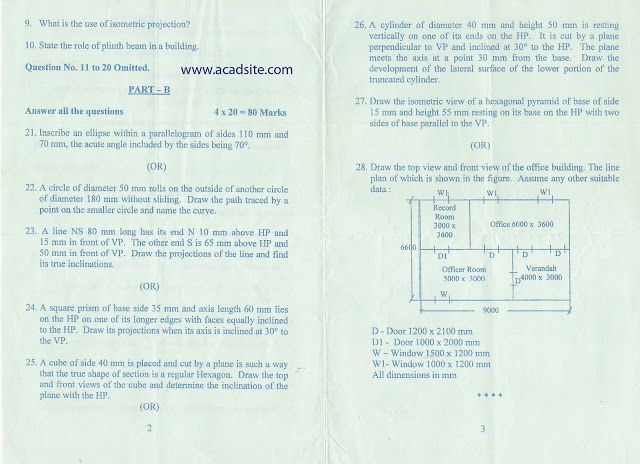Discover various information about Michael Sipser Introduction To The Theory Of Computation 3rd Edition here, hopefully fulfilling your information needs.

Michael Sipser: An Introduction to the Theory of Computation, 3rd Edition
As a computer science student, I was drawn to the elegant and foundational concepts of the theory of computation. Among the many exceptional resources available, Michael Sipser’s “Introduction to the Theory of Computation” stood out as a comprehensive and approachable guide to this fascinating field.
In its third edition, Sipser’s masterpiece continues to provide an authoritative and up-to-date introduction to the core concepts of computability, complexity, and decidability. With lucid explanations, rigorous proofs, and engaging examples, Sipser unravels the fundamental principles that govern the power and limitations of computation.
1. Definition and History
The theory of computation encompasses the study of abstract models of computation and the inherent properties of problems that can be solved using these models. It explores the fundamental questions about what can and cannot be computed, how efficiently computation can be performed, and the limits of algorithmic solvability.
The origins of the theory of computation can be traced back to the early 20th century, with the seminal work of Alan Turing, Kurt Gödel, and Alonzo Church. Their insights laid the groundwork for understanding the nature of computation and its theoretical implications.
2. Finite Automata and Regular Languages
One of the fundamental models of computation is the finite automaton, a simple abstract machine that can recognize strings that conform to specific patterns. Sipser provides a detailed exposition of finite automata, exploring their construction, operation, and properties.
Finite automata are closely associated with regular expressions, which provide a concise notation for representing regular languages. By understanding the relationship between finite automata and regular languages, we gain valuable insights into the theory of computation and the limitations of simple computational models.
3. Pushdown Automata and Context-Free Languages
Another important model of computation is the pushdown automaton, which extends the capabilities of finite automata by introducing a stack memory. Pushdown automata can recognize strings that belong to context-free languages, which are more expressive than regular languages.
Sipser delves into the theory of pushdown automata, describing their construction, operation, and closure properties. By exploring the relationship between pushdown automata and context-free languages, we gain a deeper understanding of the hierarchy of computational models.
4. Turing Machines and Universal Computation
The Turing machine, proposed by Alan Turing, is the most general and powerful model of computation. Turing machines can simulate any other computational model and can be used to solve any problem that is algorithmically solvable.
Sipser provides a comprehensive analysis of Turing machines, explaining their operation, variants, and theoretical implications. By studying Turing machines, we gain insights into the fundamental nature of computation and the limits of what can be computed.
5. Computability and Decidability
A central question in the theory of computation is whether a given problem can be solved by an algorithm. Sipser explores the concepts of computability and decidability, providing a rigorous framework for understanding the inherent properties of problems.
By investigating the limits of computability and decidability, we gain valuable insights into the fundamental nature of computation. Sipser provides a comprehensive analysis of these concepts, including undecidable problems, NP-completeness, and the halting problem.
6. Latest Trends and Developments
The theory of computation continues to evolve, with ongoing research and new insights emerging regularly. Sipser’s third edition incorporates recent advancements in the field, including:
- Quantum computing and its potential impact on computation
- Progress in understanding the complexity of algorithmic problems
- Developments in randomized algorithms and approximation algorithms
Tips and Expert Advice
Based on my experience studying and applying the theory of computation, I recommend the following tips and expert advice:
- Engage in active learning: Participate in problem-solving sessions, work through proofs, and actively engage with the material to foster a deeper understanding.
- Build a solid foundation: Ensure a strong foundation in mathematics, particularly discrete mathematics and logic, to enhance your understanding of computational concepts.
By following these tips, you can enhance your comprehension of the theory of computation and its applications in various fields.
Frequently Asked Questions
Q: What is the significance of the theory of computation?
A: The theory of computation provides a fundamental framework for understanding the nature of computation, the limits of what can be computed, and the efficiency of algorithms.
Q: How is the theory of computation applied in practice?
A: The theory of computation has applications in numerous fields, including artificial intelligence, cryptography, software engineering, and even biology.
Conclusion
Michael Sipser’s “Introduction to the Theory of Computation, 3rd Edition” is a highly recommended textbook for students, researchers, and practitioners seeking a comprehensive understanding of this foundational field. With its lucid explanations, rigorous proofs, and engaging examples, Sipser provides an authoritative guide to the theory of computation and its ongoing impact on our understanding of computation and its applications.
Thank you for reading! If you found this article informative and engaging, please share it with others who may find it valuable. Your support and feedback are greatly appreciated.

Image: susilomes.weebly.com
Thank you for reading Michael Sipser Introduction To The Theory Of Computation 3rd Edition on our site. We hope you find this article beneficial.